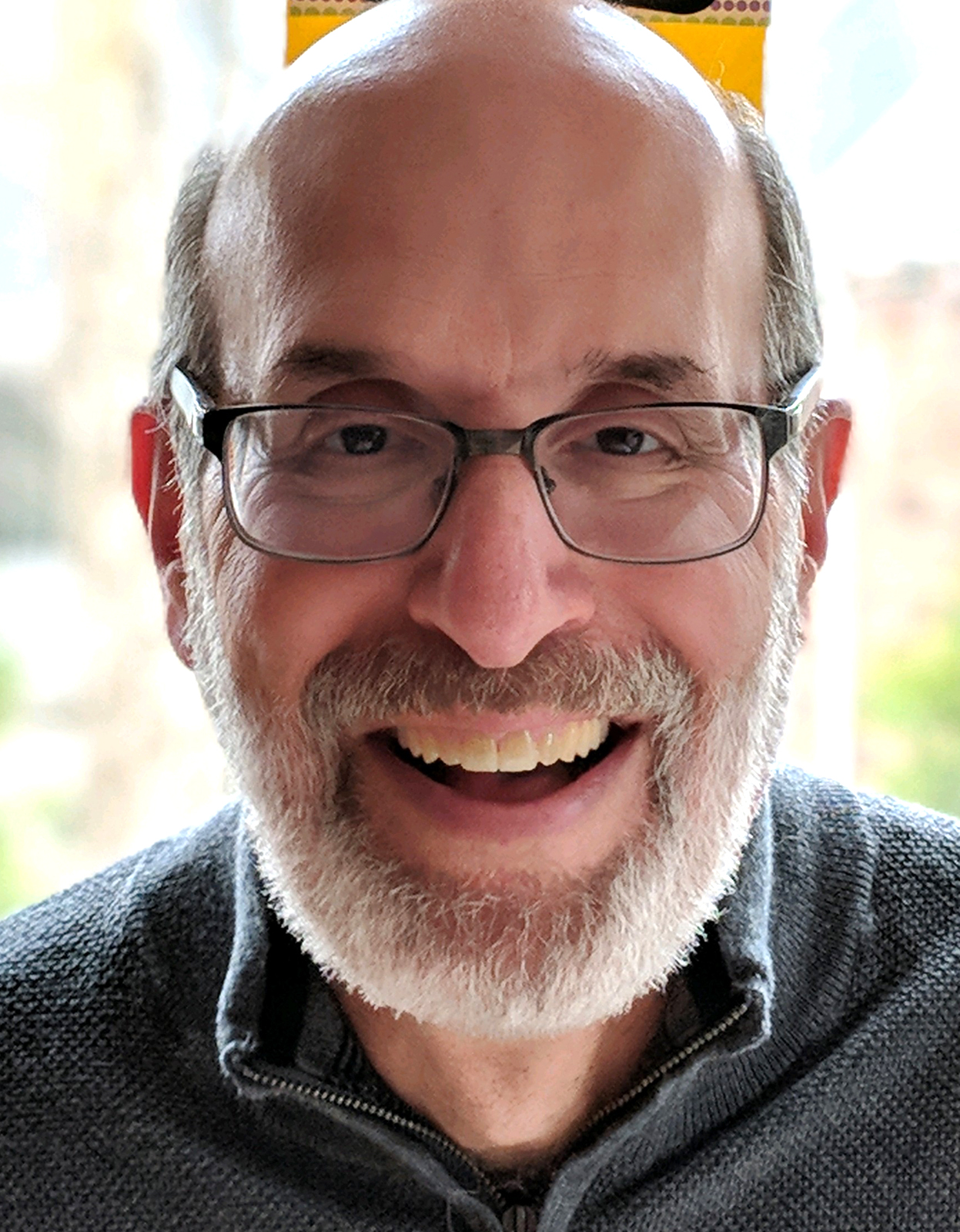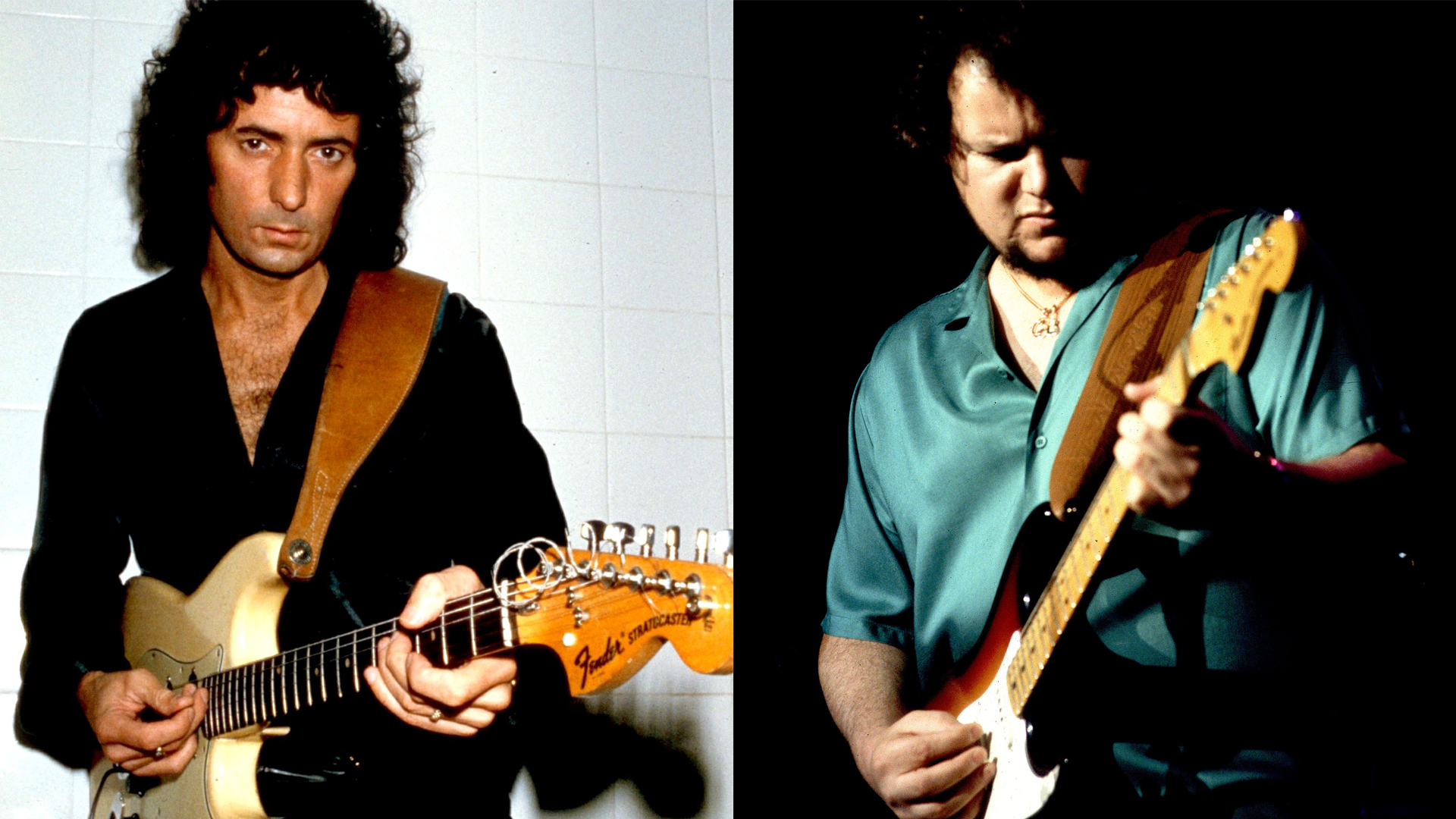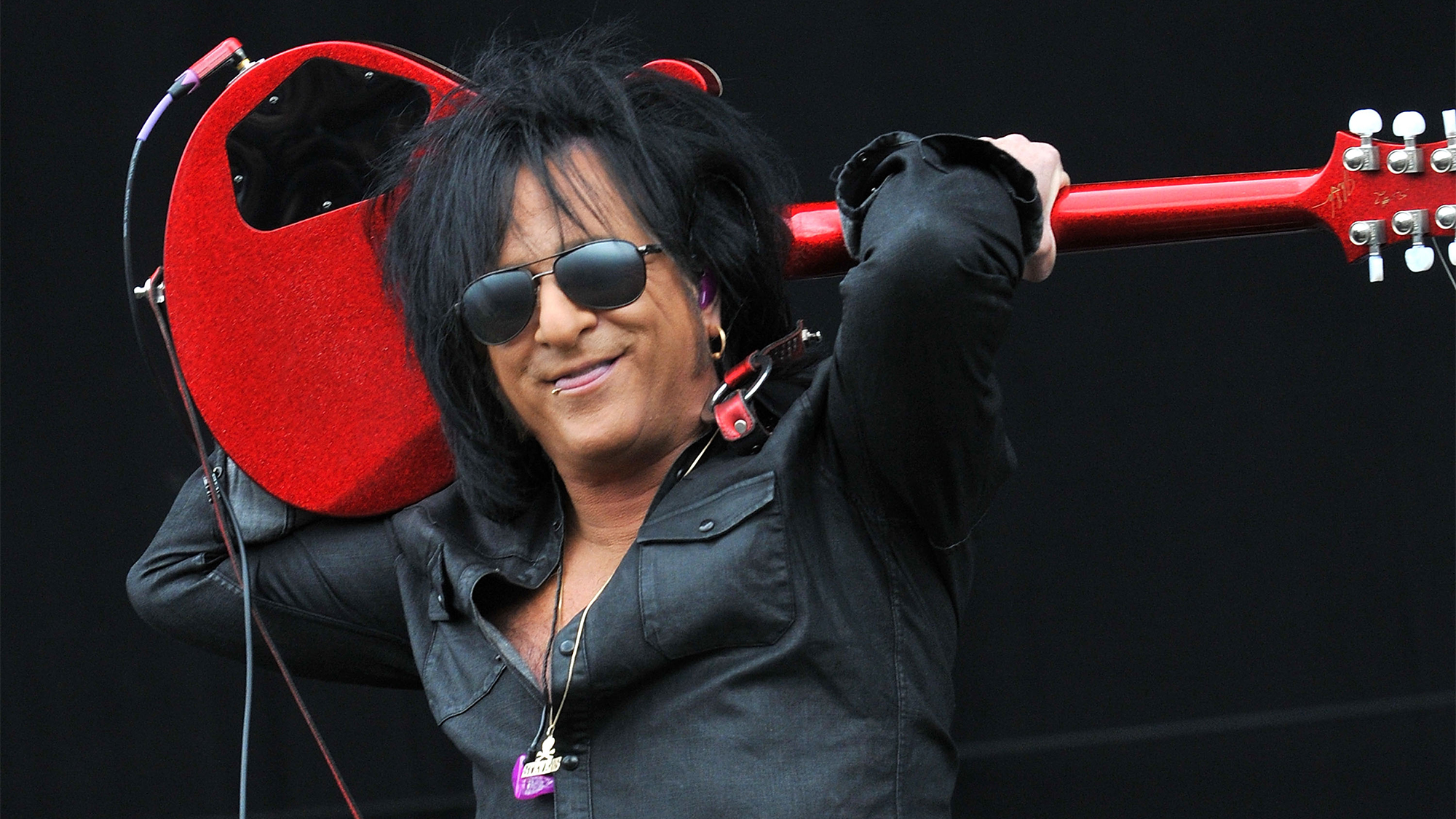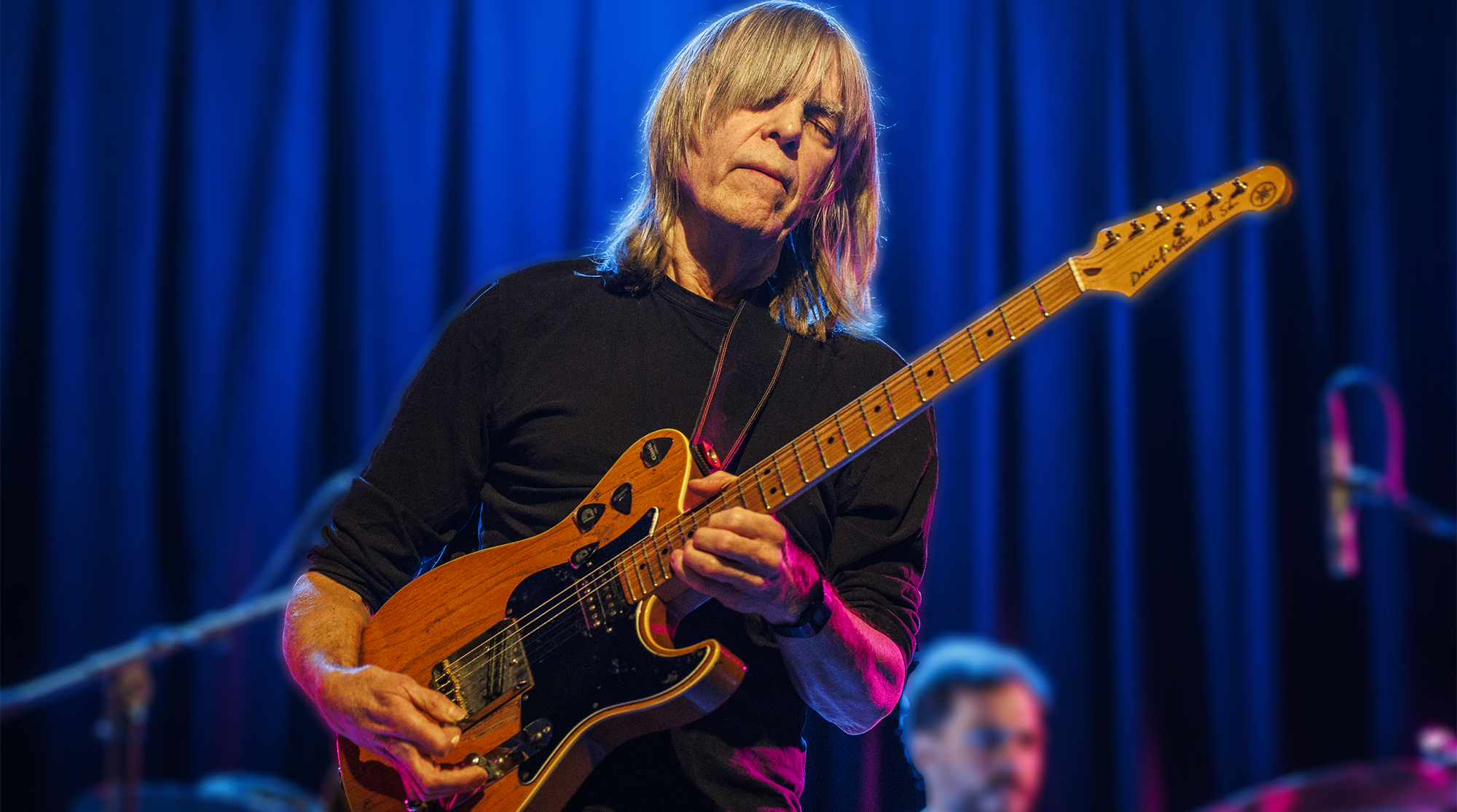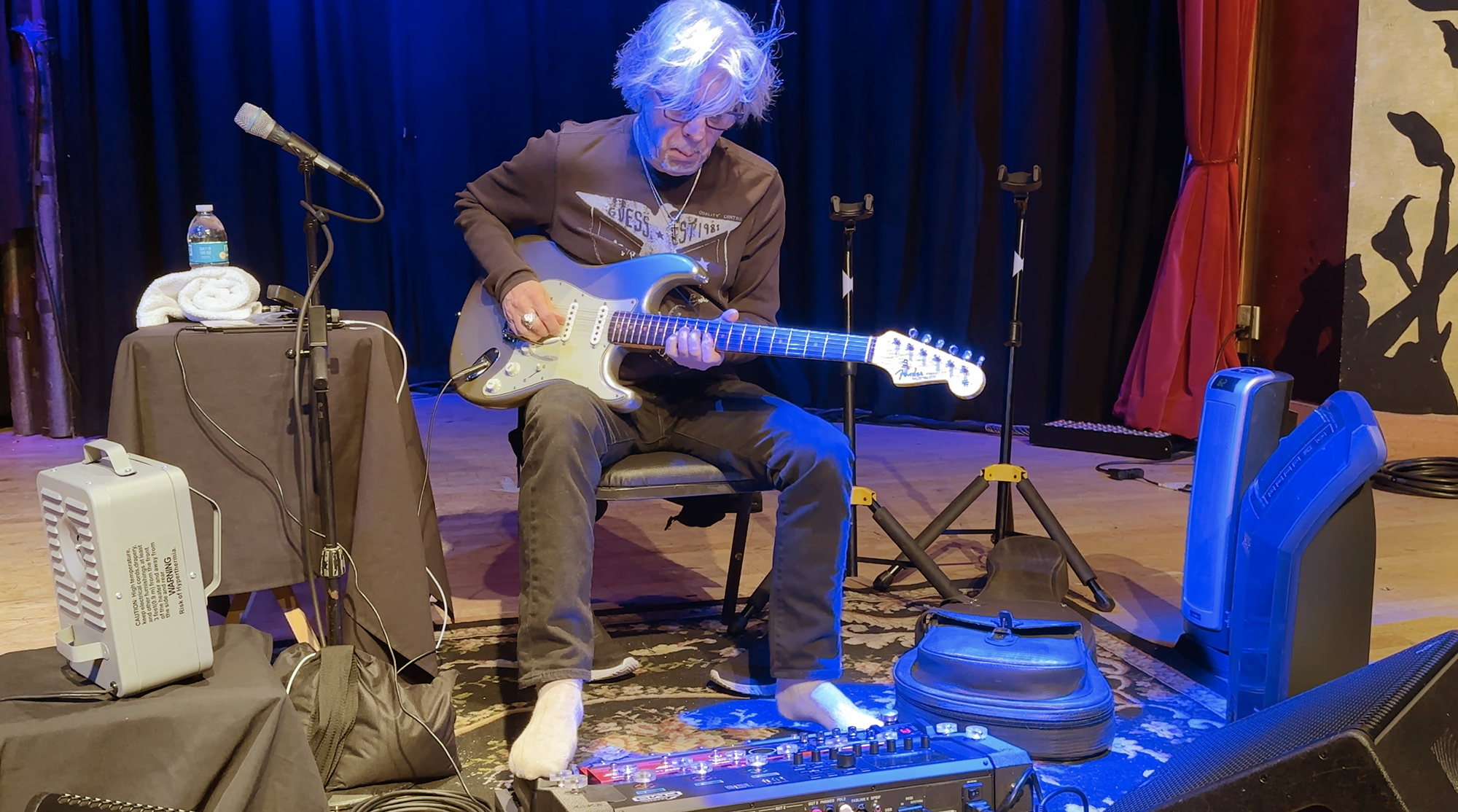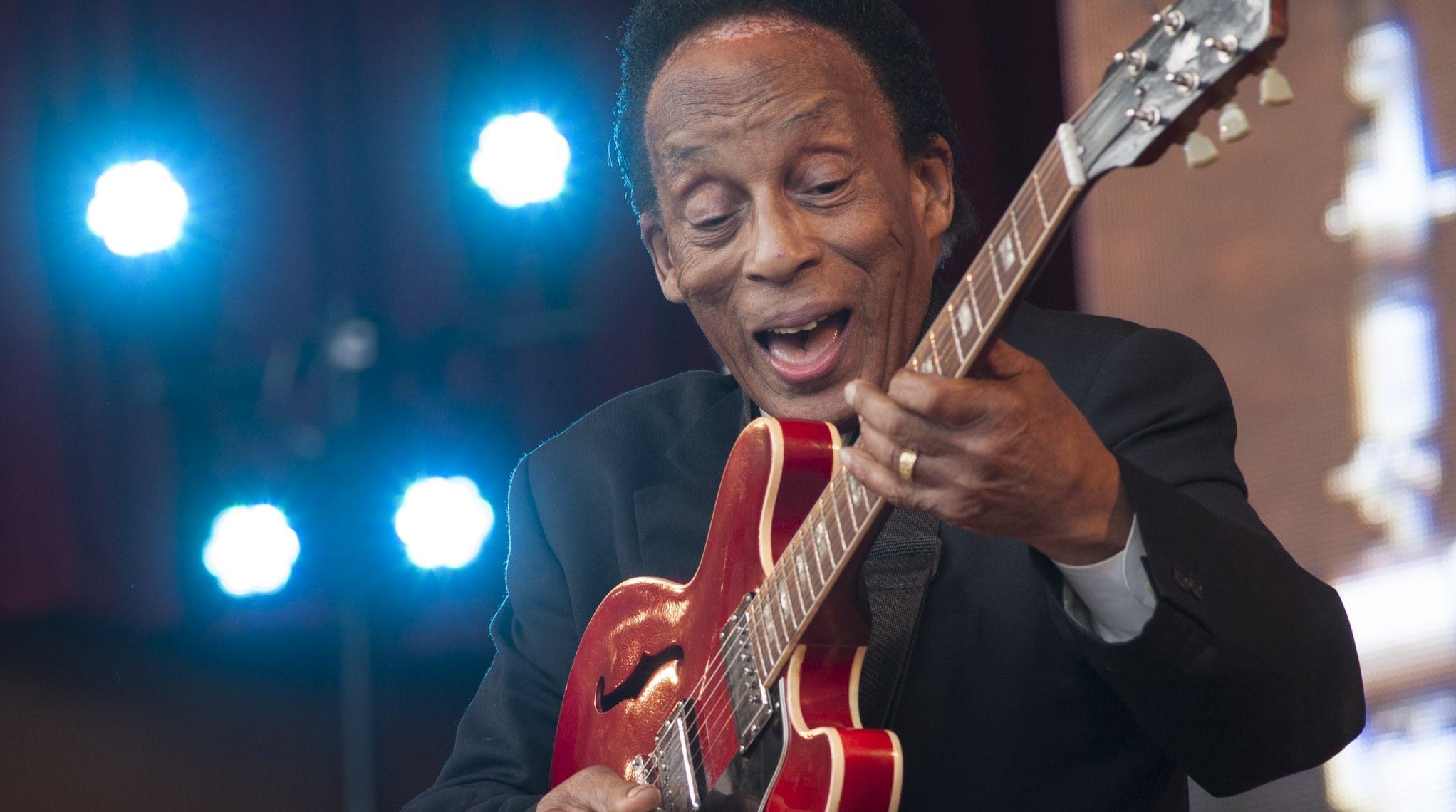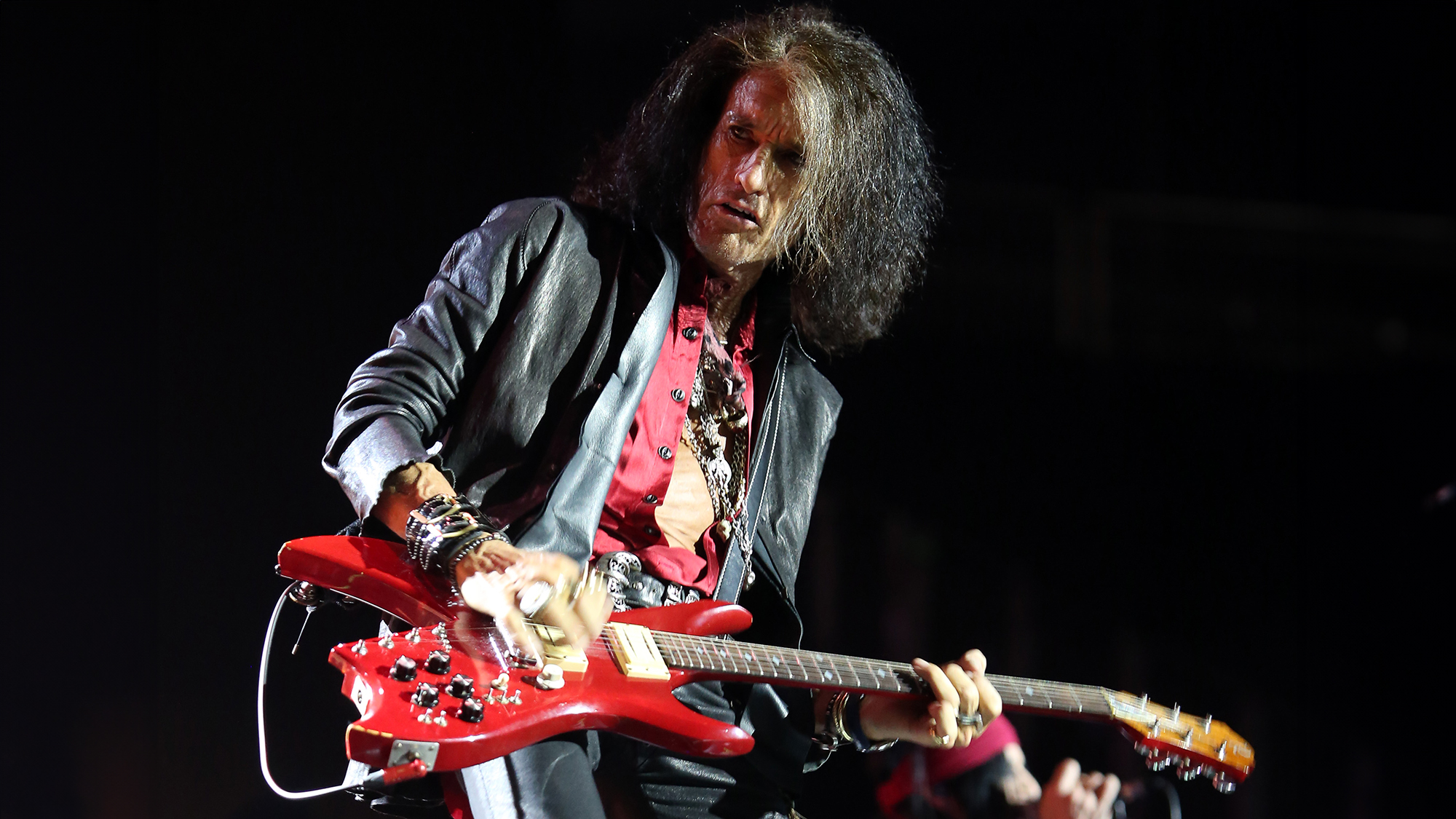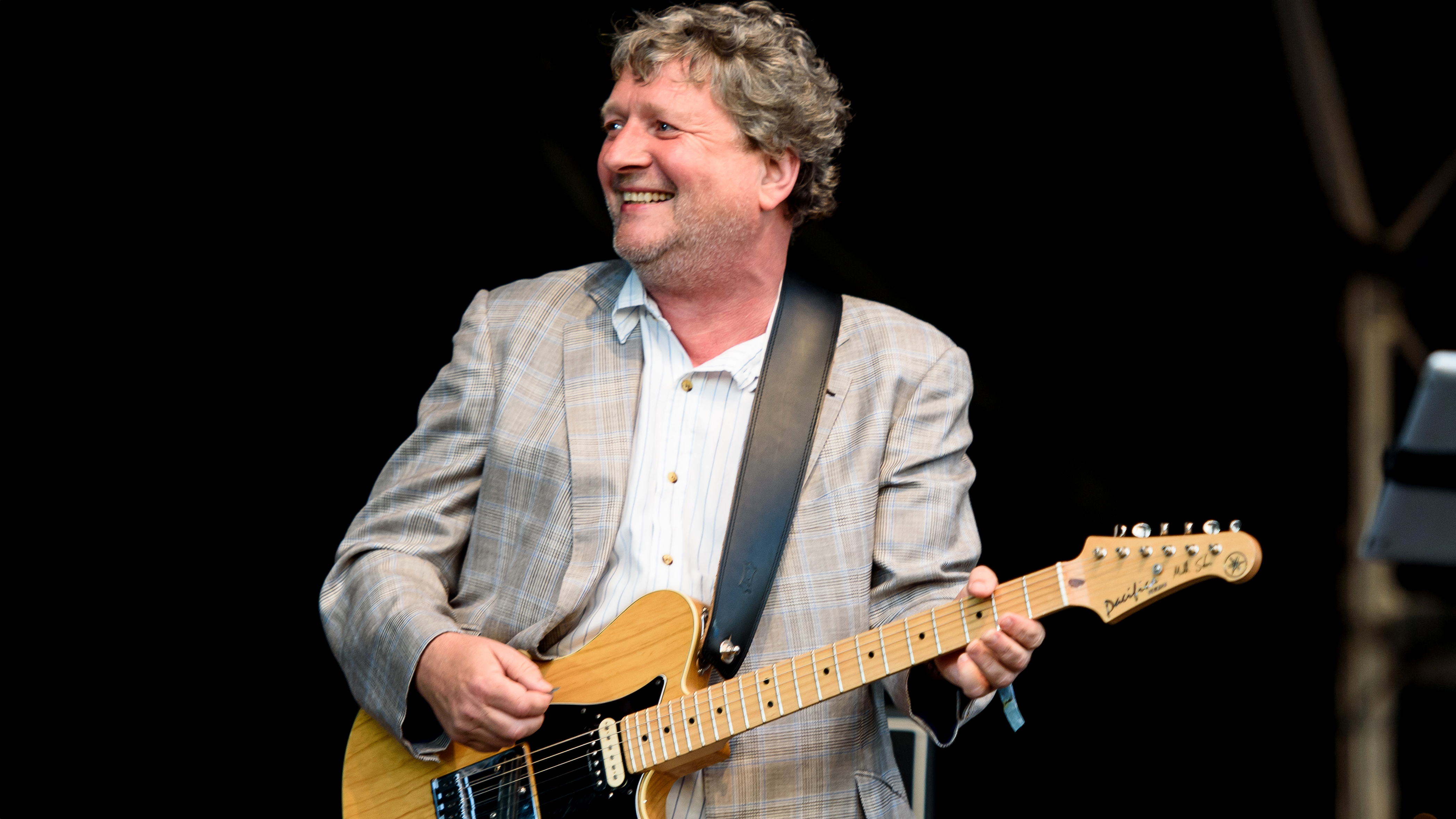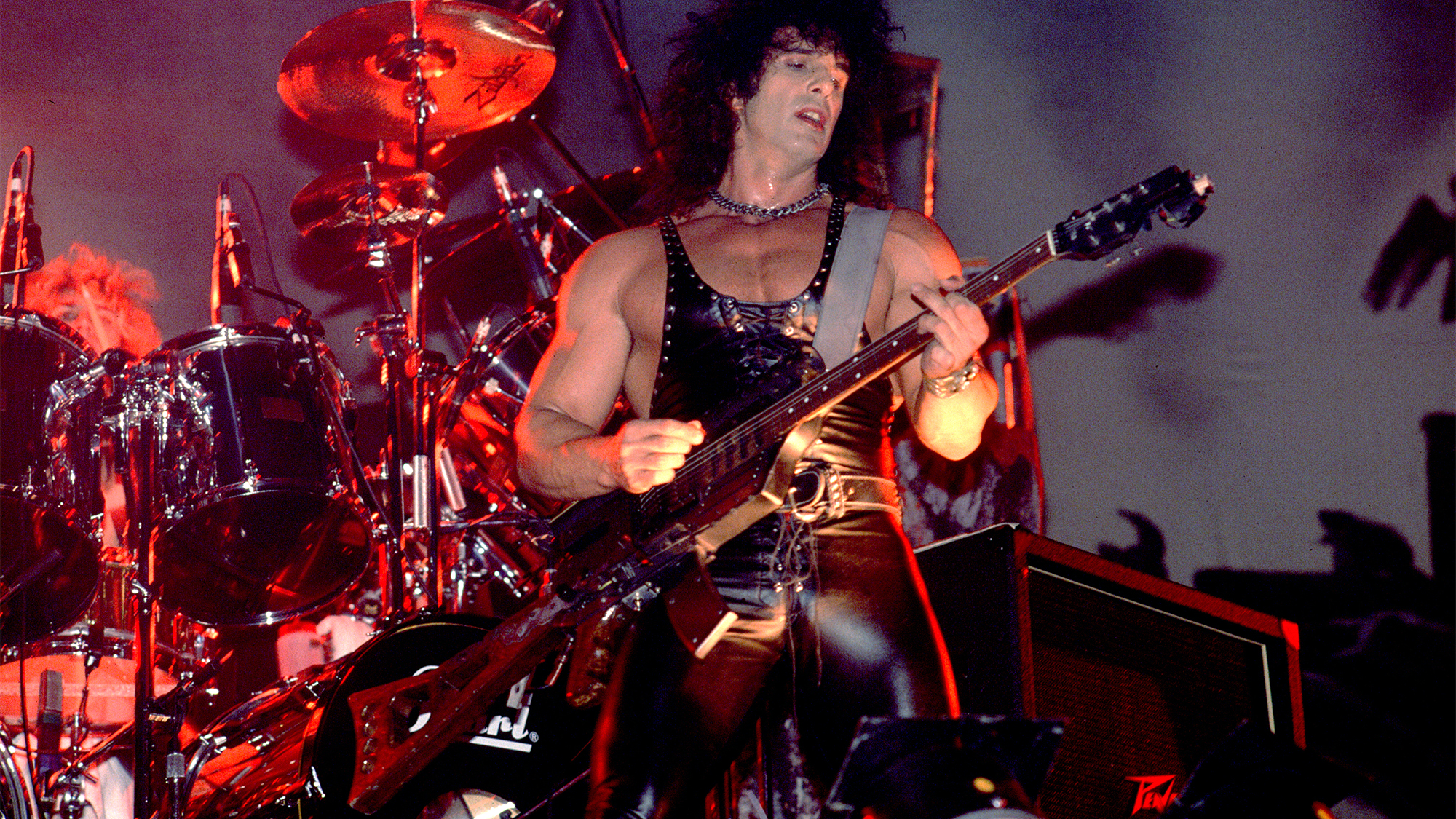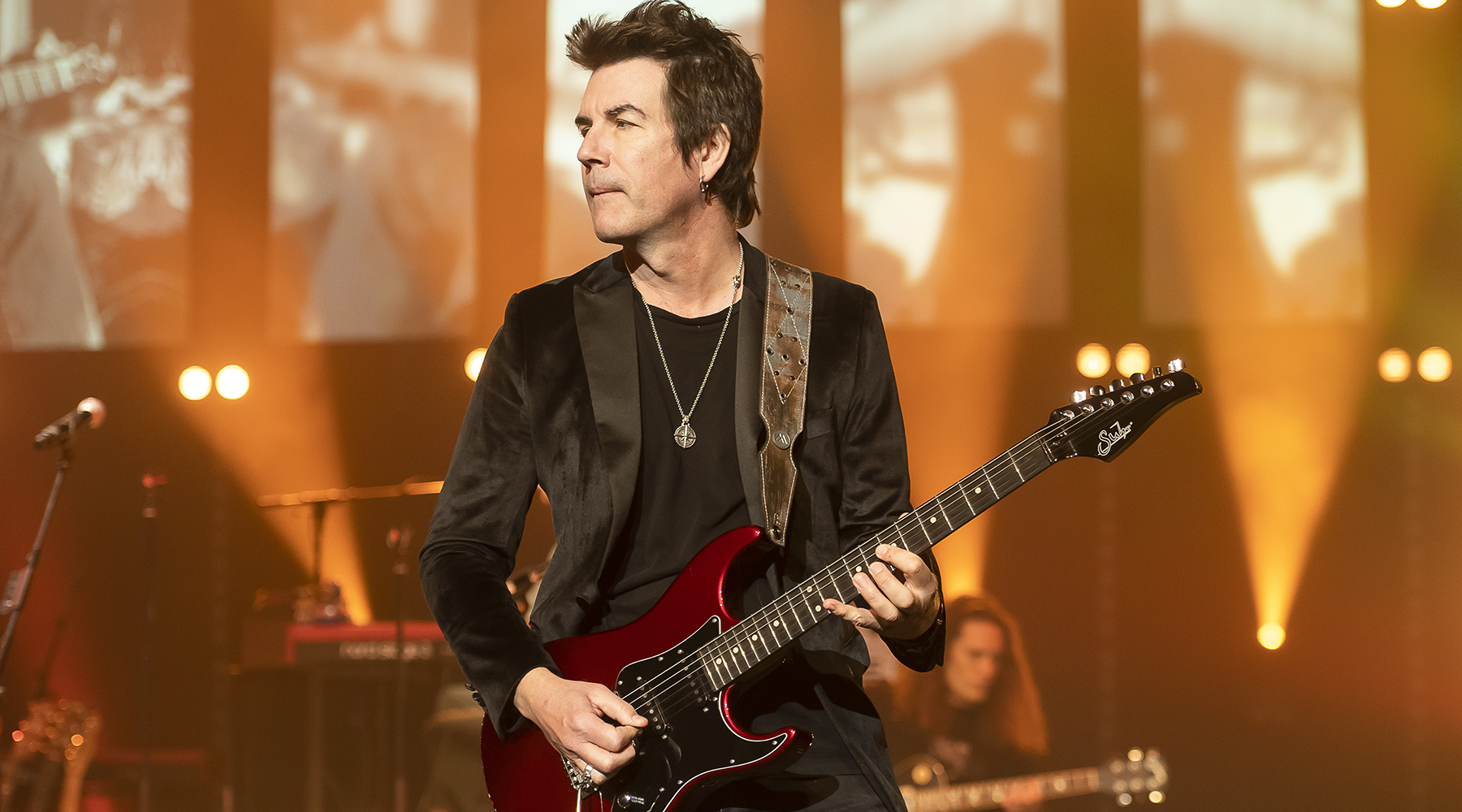"Why it didn't sound like a complete pile of crap, I don't know! It's all riffs. The beat is marvelously tricky.” Steve Howe explains why his 'Close to the Edge' showpiece is so difficult to play
The guitarist also talks about the 1972 album’s genesis as it receives its Super Deluxe box set release
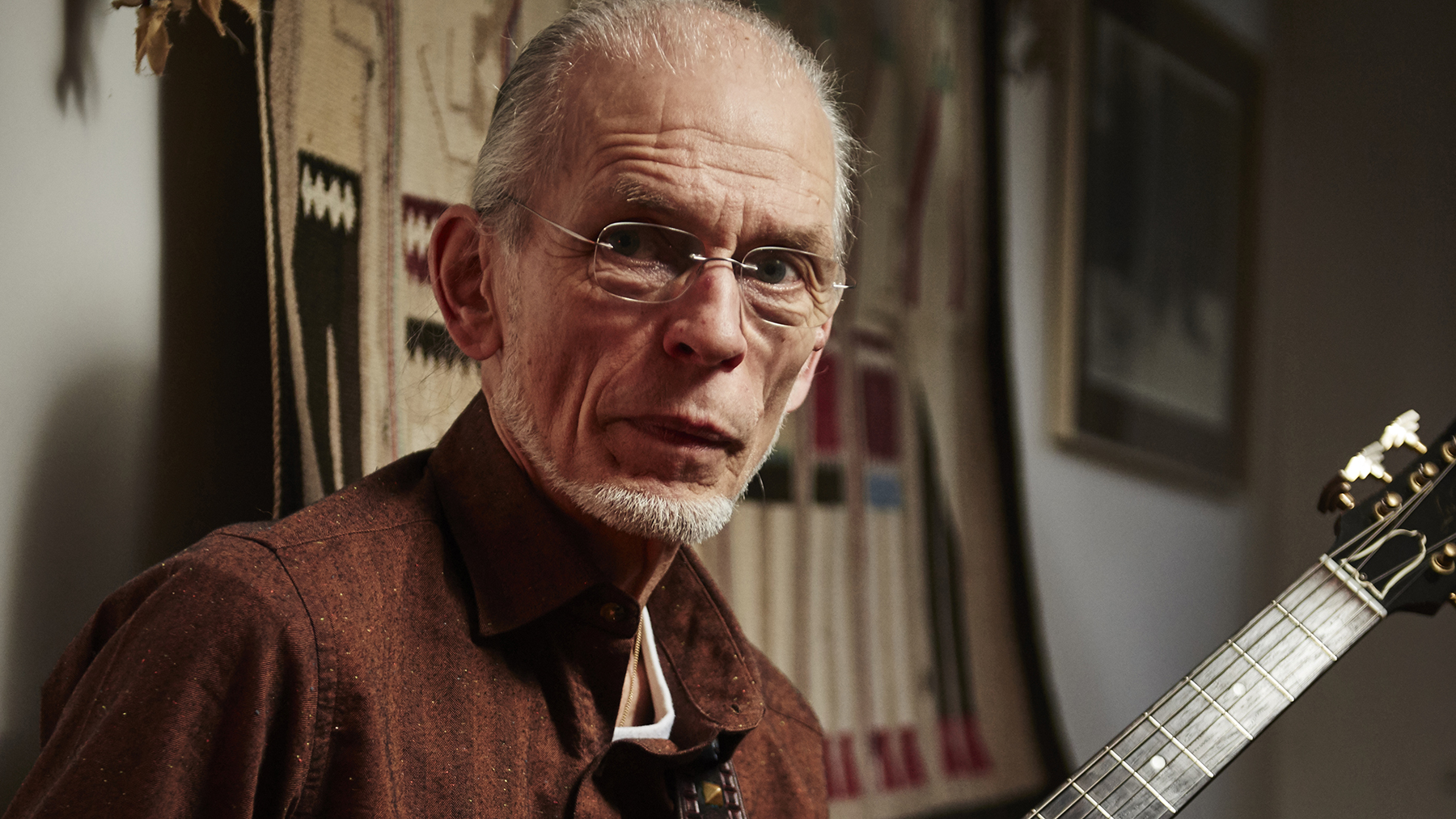
"It was a fascinating time," Steve Howe says of Close to the Edge, Yes’s 1972 release and fifth studio album. "We were still quite fresh with each other, so there was kind of a feeling we were discovering what each other could do.
With just three songs composed in complex, suite-like arrangements — the side-long epic title track, the majestic "And You and I" and the surging future concert opener "Siberian Khatru" — Close to the Edge found Yes at its peak powers. It was guitarist Howe's third album with the band, and Rick Wakeman's second.
Coming off two 1971 triumphs, The Yes Album and Fragile, the British quintet was locked in and ambitious, as evidenced by Rhino Records' new Close to the Edge Super Deluxe box set that features outtakes, early versions and live material as illuminating epilogue to the well-worn 38-minute story that's remained arguably Yes' top album since its September of 1972 release.
Howe and singer Jon Anderson began working on the concept for Close to the Edge soon after the release of Fragile, the album that gave the group its commercial breakthrough with the hit “Roundabout.”
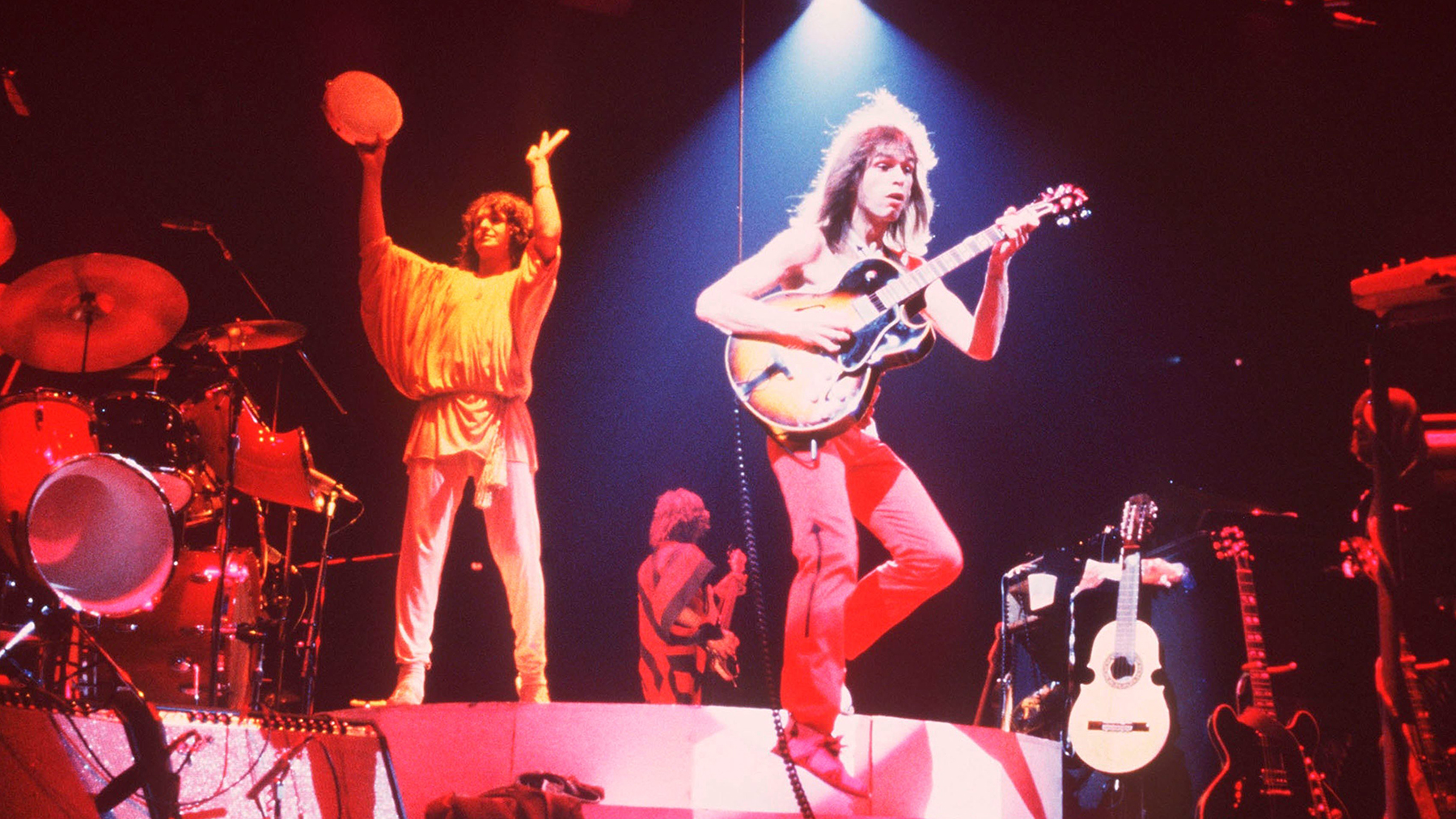
“After Fragile, Jon and I went away and started beavering away on the title track, and it gradually kind of grew this idea that it was going to be 20 minutes long,” Howe says.
"Ten minutes was an achievable thing; we'd already done it a few times, so that was part of the story, this venturism of having something kind of big. It escalated forward into something we'd end up being really proud of."
Howe, who used a new Gibson ES-345 stereo semi-acoustic electric guitar throughout the album, describes an exacting, trial and error recording process, in which the band members — who included bassist Chris Squire and drummer Bill Bruford — fused the songs' movements together in often piecemeal fashion and sculpted into finished form with co-producer Eddie Offord.
The box set, with remixes by Steven Wilson, illustrates the group’s methodology by separating some of the song sections such as — from "Close to the Edge” — “Total Mass Retain," "I Get Up, I Get Down" and "Seasons of Man," and — from “And You and I” — "Cord of Life" and "Eclipse.” It also features an early studio run-through of "Siberian Khatru" that's dubbed "Siberia."
"Most of the early recordings were everybody throwing in stuff — that's the kind of arranging Yes did," Howe recalls. "We fired off each other; there was this… ‘competitiveness’ doesn't sound right in music, but you're trying to work towards an end that you all like. It was fun to record ideas and bring them in, usually on a cassette, and then construct them.
“At that point there was a Yes became very good at taking something and completely changing it — opening it up, making space for other things to happen.
“Like on 'Khatru,' for instance, we didn't have a harpsichord in the rehearsal room; Rick may have played something on the piano and we thought, 'Oh, you can do something there' and someone said, 'Why don't you use a harpsichord?' That's the way it worked.
"In the end everybody had to have their say. Everybody had to have their part. Someone would say, 'Oh, I don't know about this piece,' and we would say, 'That's because you haven't got a part to play. You haven't found a part yet. We've got a part. Get yours and you'll like it...'" Howe adds with a chuckle that, "Sometimes Chris took the longest, but it was always such a valuable part."
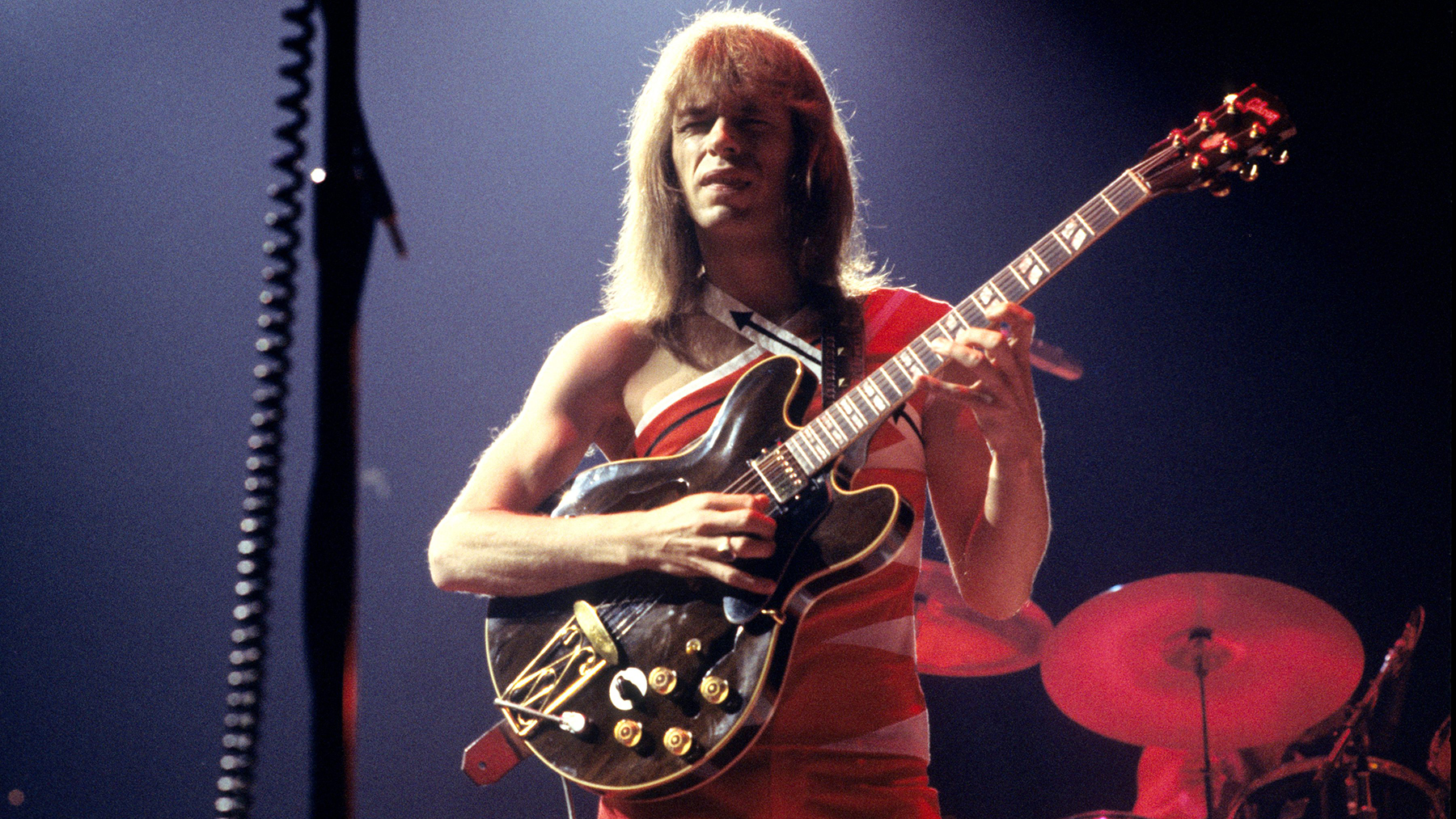
While Howe's virtuosity is all over Close to the Edge, his showcase is undeniably the "Siberian Khatru" — although, interestingly, he says the spidery, crawling core riff was actually introduced by drummer Bruford. "I don't know if he hummed it or played it on piano. Bill had enough piano chops to be writing stuff on there," Howe recalls. "It may have been on cassette. It was one of the key ingredients. That's such a cool riff.”
As Howe explains, the “Siberian Khatru” is full of challenges, even for a guitarist of his caliber.
"'Khatru' a very complex song, such a jumbled up mix,” he explains. “It's all riffs. The beat is marvelously tricky. It wasn't like we were fiddling around with a strummer here — there was no strumming. We were pulling out all the stops.
“It wasn't 'Close to the Edge.' It wasn't 'And You and I.' It was much more of a rocky song, and the intricacies of singing and plying everything at the same time...was a marvelous challenge. I sometimes can't believe we put all those bits in there. It's a very tight arrangement. There were notes you could add, and you better not miss any, 'cause every note was vital. It had to be practiced a lot.
And, with another laugh, "Why it didn't sound like a complete pile of crap, I don't know..."
While the core riff runs throughout the song — whose writing is also credited to Anderson and Wakeman — Howe solos twice during "Siberian Khatru." One in the midsection, played on an also recently acquired Gibson BR-9 steel guitar, follows Wakeman's harpsichord break.
"I'm kind of a chord guy," Howe explains. "If I invent a chord sequence, I don't know what to do with it, but it may have melodic implications in what happens. When I've got the structure as chords, I think about embellishing it — 'What could I play here?'
"I just improvise, and I suddenly go [sings], 'Oh! That’s good, that.' So I develop the tune kind of patiently, fumbling around, really, to find out how I can develop the tune and keep it going."
More striking is the solo in the outro of the song, which Howe extends during Yes' live performances of "Khatru." "I was struggling to get my solo done on that," he remembers, "so I said, 'Eddie, turn off my guitar. I don't want to hear it,' 'cause my amp was out in the other room.
“So when we turned it off I couldn’t hear it, and I made that solo out of thin air. It was quite a different perspective, because usually I'm feeding off the guitar I'm hearing, but instead I was feeding off the theme (of the song) that was being played, and I was playing around it.
"It was kind of an experiment...very interesting. I wish I did it more often.”
Howe says the live, extended versions of “Siberian Khatru” remind of the approach taken by his previous band, Tomorrow, in their performances.
“Tomorrow was very much a blowing kind of band, and Yes had that ability,” he says. “We never really jammed, though; we always needed structure to know what we were doing, because otherwise it was higgledy piggledy."
"Siberian Khatri’s" nimble intro, meanwhile, was another work of the moment, according to Howe. "I'm a bit of a deep pocket guy as far as riffs and musical ideas," says the guitarist, who shared his five top guitar tips with us previously. "I've got a sort of stockpile, so when we're thinking, Oh, we need something like this, a solo maybe or in this case a beginning, I'll go in and see what I have that might fit and then develop it from here.
“Sometimes they're things I tried on other songs that didn't make it for one reason or another. There's things on all three of those albums” — The Yes Album, Fragile and Close to the Edge — “that actually stem from earlier recording."
In addition to all the invigorating playing, Howe adds that he, Anderson and Squire found "Siberian Khatru" to be a vocal stretch, too. "I think the opportunity to have a three-part harmony song like that was...different for us, too," Howe says. "In 'Close to the Edge' you get Jon Anderson singing away, in wonderful voice, and Chris and I are there.
“But suddenly 'Khatru' is like a three-voice approach. But instead of it being, like, Crosby, Stills and Nash, all smooth, we're kind of honky and we're kind of shouty. Reproducing it onstage was all one marvelous challenge."
Yes did just that during its 1972–’73 world tour dates promoting Close to the Edge. "Siberian Khatru" opened the shows, coming out of an excerpt from Igor Stravinsky’s "Firebird Suite," and also led off the 1973 live album Yessongs. It's gone in and out of Yes shows over the years — and was part of the sets as recently as last year's The Classic Tales of Yes Tour.
As for having a pre-final playthrough of the song, as well as other outtakes and rarities, on the Close to the Edge box set, Howe says that he's "got mixed feelings. I transition from either enjoying it and thinking it's nice to research those things and then sometimes thinking, 'Oh, there can only be the stuff that was stamped 'finished.'
“But I can see that it's of interest to other people to see how certain things developed. I think they're quite amusing at times, and I have a bit of a laugh about some of them. I think you've got to appeal to fan interest, in the end."
Howe — who recently spoke with Guitar Player about the future of the Yes — says the group plans to be on the road again later this year and is also eyeballing more recording as part of a prolific period that's included two full and one mini-album since 2019.
"We're in the process of writing, collaborating, jiggling around," Howe says. "I think that's natural for us, and everybody has been doodling around. We could be putting something together; we're just not saying much more about it 'til we know what it is."
Get The Pick Newsletter
All the latest guitar news, interviews, lessons, reviews, deals and more, direct to your inbox!
Gary Graff is an award-winning Detroit-based music journalist and author who writes for a variety of print, online and broadcast outlets. He has written and collaborated on books about Alice Cooper, Neil Young, Bob Seger, Bruce Springsteen and Rock 'n' Roll Myths. He's also the founding editor of the award-winning MusicHound Essential Album Guide series and of the new 501 Essential Albums series. Graff is also a co-founder and co-producer of the annual Detroit Music Awards.
“I’m still playing but I’m covered in blood. Billy’s looking at me like, ‘Yeah! That’s punk rock!'” Steve Stevens on his all-time worst gig with Billy Idol — and the visit to Jimi Hendrix's grave that never happened
"He goes to England and all of a sudden he's on the floor humping his guitar!” Gene Simmons tells how he, Paul Stanley and Ace Frehley followed Jimi Hendrix's lead and gave Kiss some British swagger

